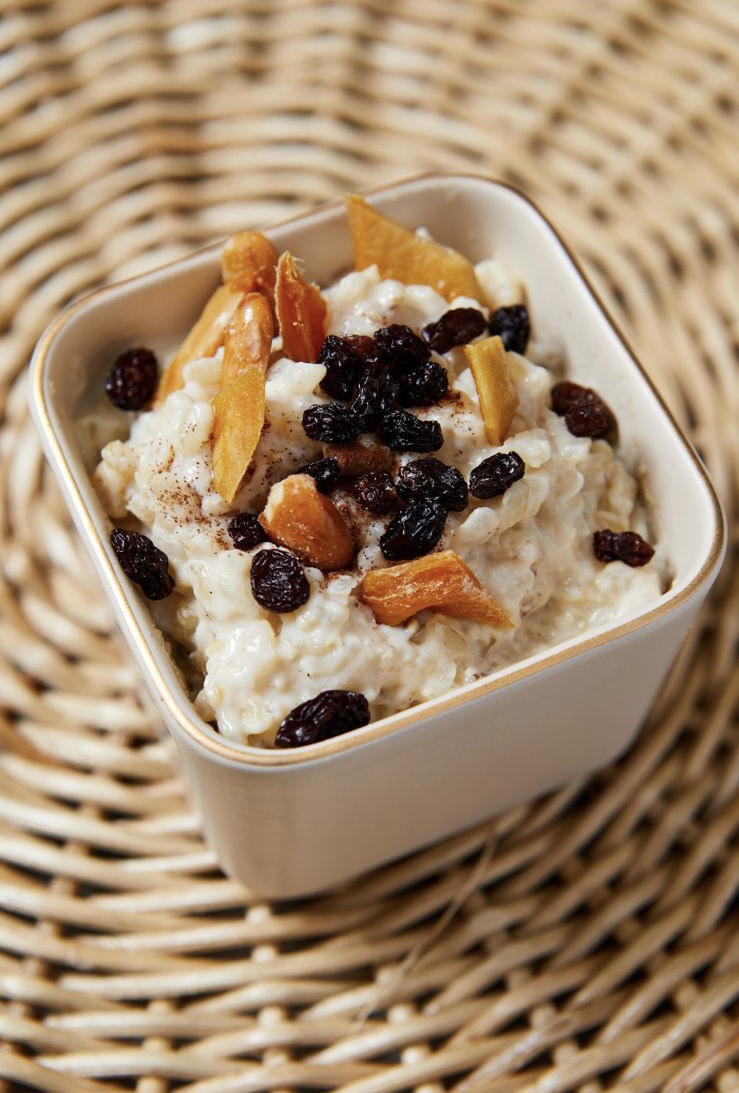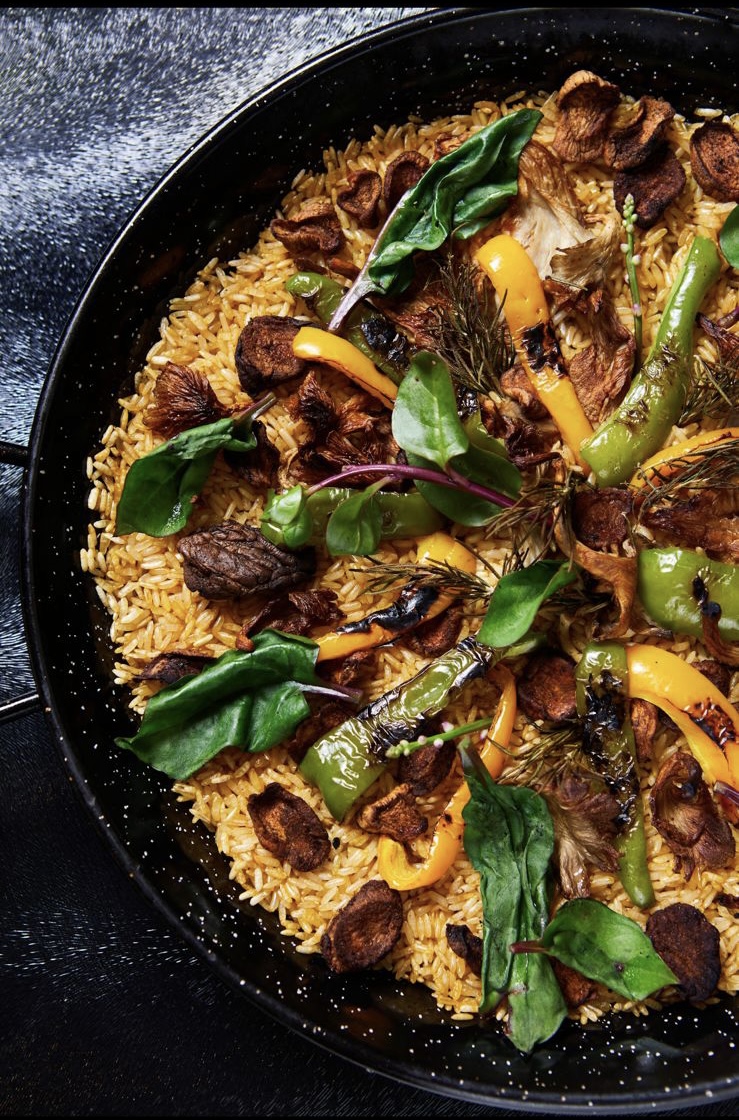PH365 Casino
tj777 Mesa ni Misis: Brown rice for the win
I recently came back from a regional scientific conference held by DOST and have a head full of knowledge on the latest scientific research our country’s best and brightest have shared. Despite all the new information that came out, one piece of information has stayed at the highest of priorities: Brown rice is healthy.
We all have this at the back of our minds but don’t quite pay any heed to it. For this to be reiterated yet again by a group of scientists simply means that not enough people have started doing it.
READ: The planetary diet with Mesa ni Misis
Brown rice is categorically defined as any variety of rice that has been dried, cleaned, and milled with only the husk removed—retaining the rice kernel’s bran layer and germ (embryo). It is this bran layer along with the germ that is rich in nutrients, fiber thiamine, and vitamin E as well as protein.
View this post on Instagram
Rich in minerals like selenium and manganese, full of fiber, and packed with antioxidants, why has something that is so readily available still not found its way to more tables (accounting for only 25 percent of rice sales in the Philippines in 2013)? Why is it that we are not accessing and utilizing something that benefits our diets?
As with most food choices, it comes down to preference. Most Filipinos have grown up with white rice as a staple. Some prefer imported varieties such as basmati, or Japanese white rice, whose slight sweetness makes everything taste better.
Yet the truth is that most Filipinos eat white rice that is not of good quality—it’s overmilled, depleted of nutrients, and old. Perhaps this is what spurs the myth that white rice isn’t good or is unhealthy. It’s not quite the case since 50 to 60 percent of the rice is apparently lost in the milling process (removing of the husk), resulting in the “polished” look we associate with it.
The white rice you are getting on your plate isn’t as big or fat as it was originally. Furthermore, several are broken in the milling process and are fed to animals instead, or sold as “broken” rice, which isn’t appealing to many. All the hard work that goes into growing rice goes to waste in many cases because of inefficient milling and food wastage.
View this post on Instagram
With brown rice, only the husk is removed, thereby preserving a big part of the original crop. Researchers in the Philippines have shown that in 2022, the country produced 20 million metric tons (MT) of rice, while consumption was at 16 million MT, with an additional 3.9 million MT worth of imported rice. It’s clear we can produce enough—rice importation is not completely necessary and food security is feasible.
Food preparation can also greatly decrease or increase the nutrients available in food. The way brown rice is prepared affects its digestibility and available benefits.
A study by Golzarand et al showed that pre-germinated brown rice greatly improves the lipid profile (cholesterol) and shows a decrease in body weight when consumed. This simply means that brown rice becomes even healthier when you soak it in warm water for 10 to 12 hours. After soaking you will see a little head peek out of the rice, that’s when you know it’s ready. This process also increases the digestibility of brown rice, making other nutrients available to the body.
Cooking and creating recipes with brown rice is similar to cooking with white rice. In fact, I’ve found that brown rice holds up better in many dishes while retaining its texture and flavor. So far, in groceries, the brown rice that has been easy to convert my family to liking is Sun Made brown rice, as it’s somewhere in the middle of brown and white.
It still retains the healthy bran, but isn’t so dark that it intimidates young kids from trying it. Most of the time, I serve brown rice to my family at night, when everyone is tired and hungry and no one has the energy to complain about its color. Initially, it was a good trick, but over time, everyone just got used to it.
I always tell audiences I talk to that they can make a difference to their health three times a day through what they choose to eat. Choosing brown rice is not only beneficial for health, but ultimately can make the Philippines more food secure. Here are some brown rice recipes to try for your family!
Riz Au Lait Riz Au Lait
Riz Au Lait
Ingredients:
1 cup brown rice, soaked for 10 hours 4 cups fresh milk 1 teaspoon vanilla flavoring 5 tablespoons sugar
View this post on Instagram
Method:tj777
Soak 1 cup of brown rice for at least 10 hours. Drain and rinse the rice. Use a large pot as the milk bubbles quickly when heated. Add the rice to a pot, along with 4 cups of fresh milk. Bring to a boil, and then simmer for 40 minutes. Check to see if the rice is soft. The consistency alongside the milk should be like very soft oatmeal. Add sugar and cook for 5 more minutes. Serve.Optional Toppings: Cinnamon Dried mango Nuts Almonds
Brown Rice Mushroom Paella Brown Rice Mushroom Paella
Brown Rice Mushroom Paella
Ingredients:
2 cups oyster mushrooms, sliced in half 1 cup button mushrooms, sliced in half 3 cloves garlic, sliced 1 cup crushed tomatoes ½ onion diced 1 tablespoon paprika 2 tsp saffron 1 tablespoon fresh or dried rosemary 1 yellow pepper, sliced into wedges 1 green pepper, sliced into wedges 1 cup brown rice soaked in water for two hours 2 cups vegetable or mushroom broth Salt to taste 2 cups alugbati leaves
“Chorizo oyster mushrooms” 3 pc king oyster mushrooms, sliced into rounds 1 tablespoon olive oil 1 tablespoon paprika ½ teaspoon salt
Method:
Drain the brown rice. In the paellera, add all the mushrooms (except the “chorizo” mushrooms). Do not add oil. Stir fry with a pinch of salt until cooked. Water will drain out of the mushrooms. When cooked, set aside. Add olive oil to the paellera. Add onion, garlic, tomatoes, rosemary, and paprika. Stir fry for about 3-5 minutes. Add ½ of the bell peppers together with saffron and the cooked mushrooms. Add the brown rice and combine with the other ingredients over heat for 1 minute. Pour in the broth and move the paellera around for the broth to settle in. Top with the other half of the bell peppers. Cover with foil. Place the paellera in the oven at 450 degrees for 40 minutes. Make the mushroom chorizos Combine the mushroom rounds, paprika olive oil, and salt, coating all pieces properly. Cook in the air fryer or stir fry in a pan. When the paella is cooked, top with mushroom chorizos and your alugbati leaves. Cover with foil again for 5 minutes to allow the greens to steam. Serve straight from the paellera.